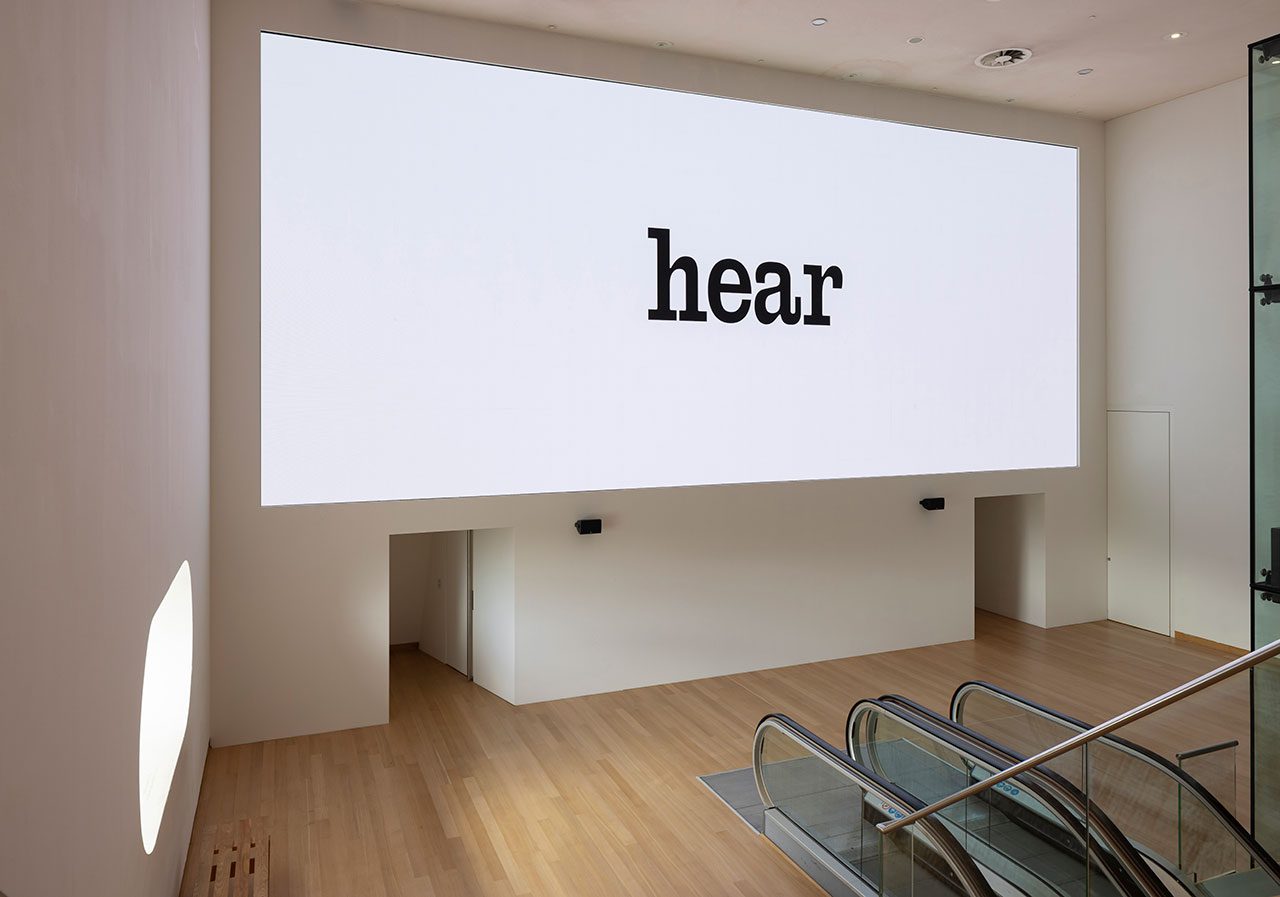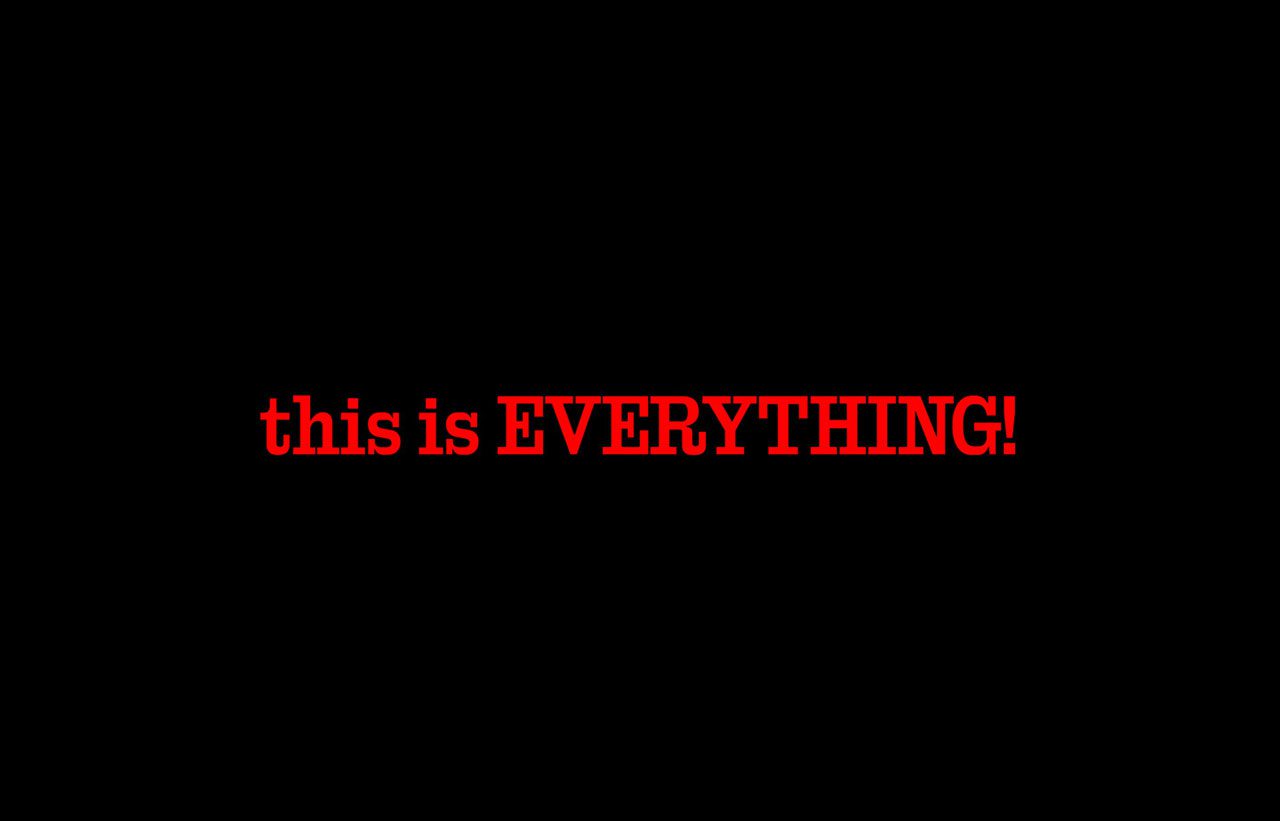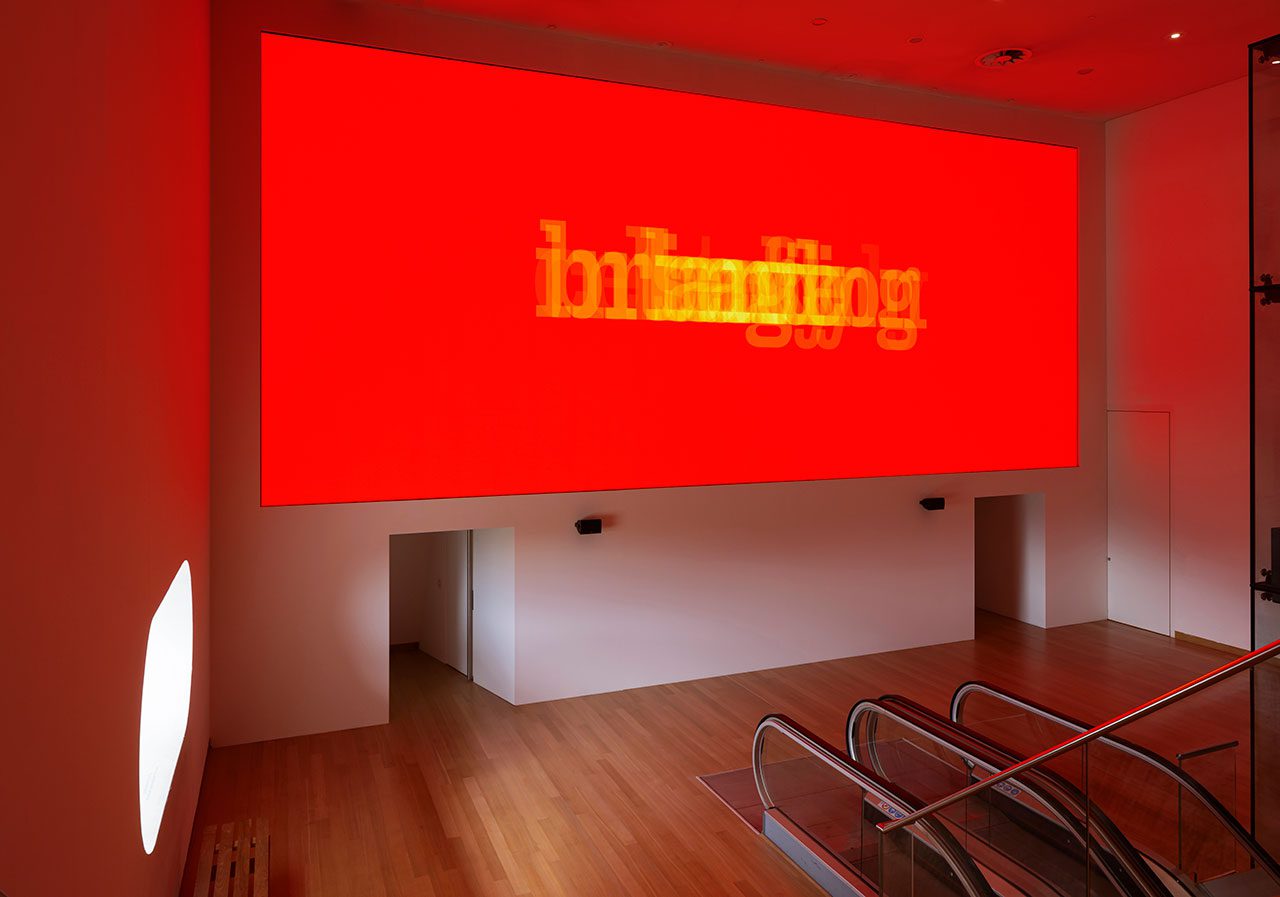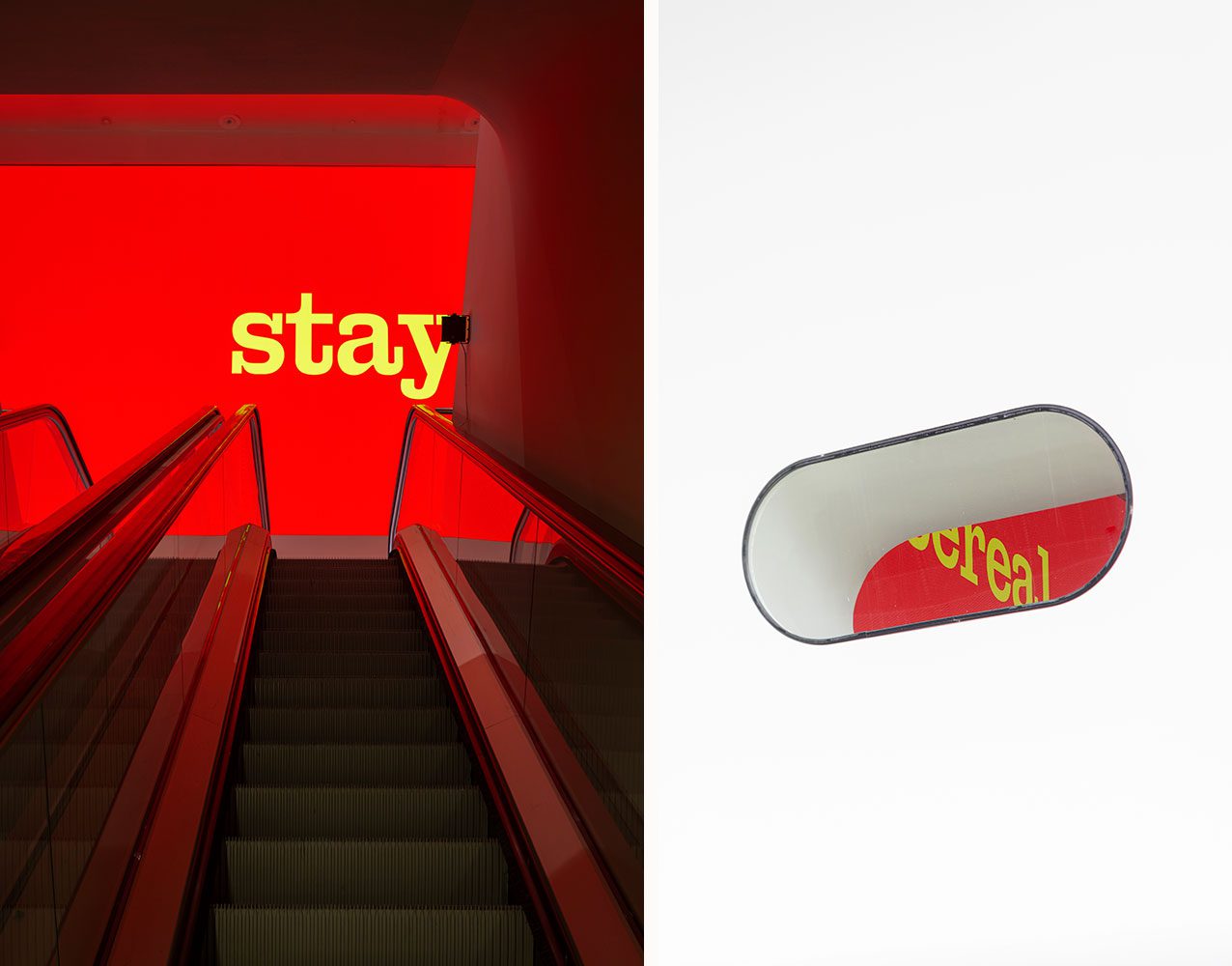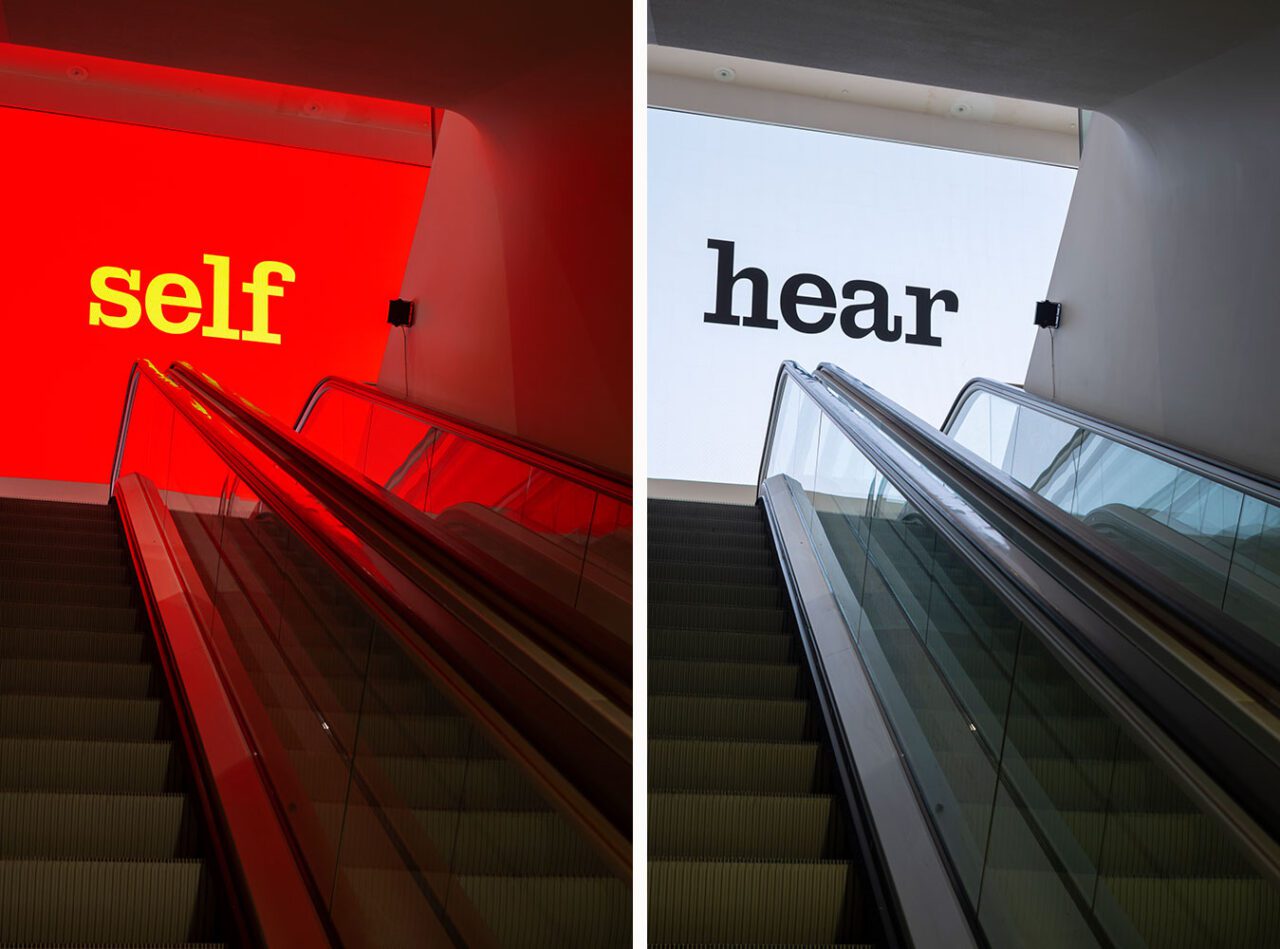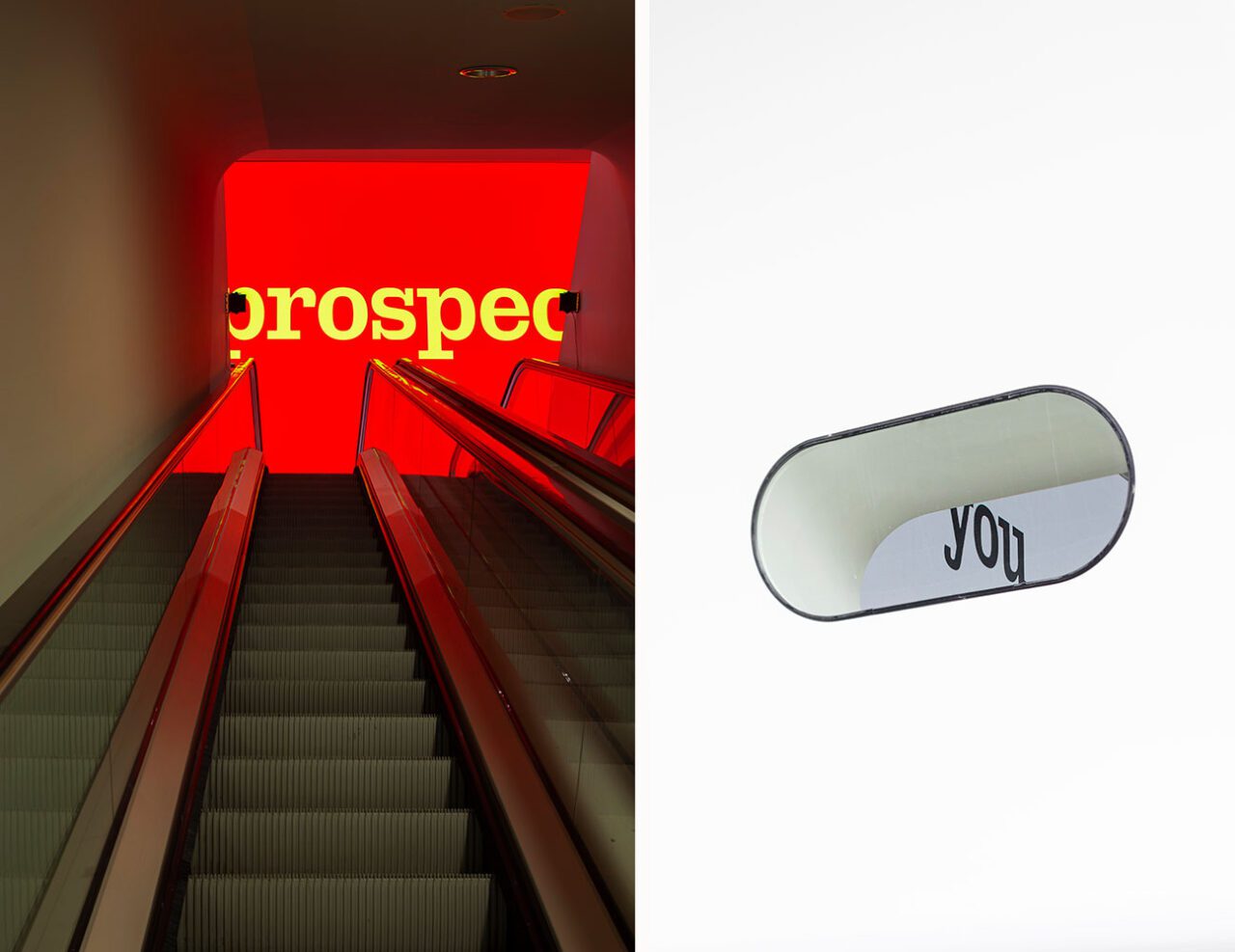ART CITIES: Amsterdam-Nora Turato
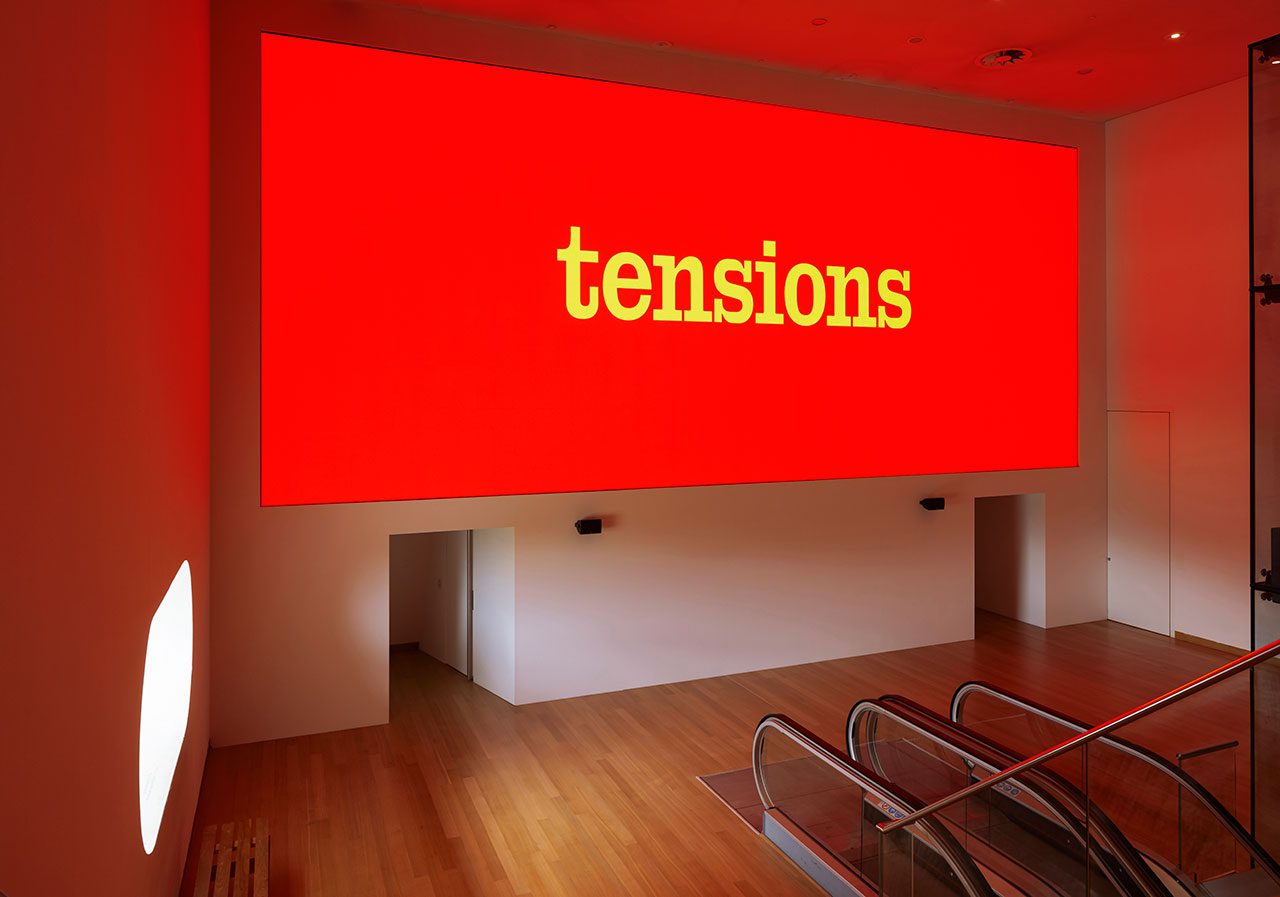 Born in Zagreb, Nora Turato examines the ephemeral and versatile nature of language as well as our collective experience of the incessant current-day stream of words. Using text as her artistic source material, Turato collates and dissects the cacophonous barrage of information we find ourselves confronted with daily. Funneling appropriated words, fragments and quotes into performances, books, enamel panels, installations, and video works, the artist arrives at captivating incantations that harness the essence and the nonsense of what collectively moves us.
Born in Zagreb, Nora Turato examines the ephemeral and versatile nature of language as well as our collective experience of the incessant current-day stream of words. Using text as her artistic source material, Turato collates and dissects the cacophonous barrage of information we find ourselves confronted with daily. Funneling appropriated words, fragments and quotes into performances, books, enamel panels, installations, and video works, the artist arrives at captivating incantations that harness the essence and the nonsense of what collectively moves us.
By Dimitris Lempesis
Photo: Stedelijk Museum Archive
The Stedelijk Museum Amsterdam launched “IN SITU”, a new series in the mezzanine of the new building. A new generation of artists has been commissioned to create experimental works for one of the museum’s largest intermediate spaces. Nora Turato inaugurates the series with “I hear you, I hear you”, a video and sound installation that examines how we use language and how language influences our identity and ways of communicating Language plays a central role in Nora Turato’s work. The artist collects texts from seemingly banal sources—emails and WhatsApp messages, social media posts, YouTube tutorials, online lectures, museum texts, advertisements, conversations overheard in restaurants. Turato deconstructs this endless flow of messages and uses it to shape her own narrative. Her work spans multiple disciplines, including performances, books, videos, murals, and 2D-works. For her new work on the mezzanine, Turato examines the impact of language on our self-image, expression, and identity, from how we learn to speak as children to how we constantly adopt the words of others. By combining language and typography, she questions how much control we truly have over how we communicate. For her site-specific work, Turato is developing a custom-made typeface and a script for her own monumental moving billboard. She explores how rhythm, pronunciation, design, and typography influence the power, ambience and character of language.
Among Nora Turato’s other works are “pools”, a series of artist books, act as an anthology of found text compiled from a myriad of sources: journalism, advertisements, social media, conversations, literature, film and her own writing. She likens these collections to an “annual report, a hard copy of language exchanged,” reflections of her personal influences, and simultaneously seismographs of societal preoccupations. Phrases such as “[G]od is / the father / and god / didnt show / up” or “Things have gone haywire. My 12-year-old is calling my 14-year-old a boomer” and “[W]e regret / that you heard / about this,” found in the pages of “pool 4” (2020), can be pinpointed to a particular moment in time, capturing the zeitgeist. These textual reservoirs serve as a basis for Turato’s larger body of work, not least her performances. Constructed as oft half-hour-long monologues, she meticulously choreographs and rehearses her performances utilizing voice – Turato has trained with a vocal and dialect coach for film actors since 2021 – and gesture as her medium. The artist inhabits different personas by employing facial expressions, her entire body, diction, rhythm, repetition and tone to convey both the seductive power of language as well as its frailty and fallibility.
Turato’s 2022 exhibition at the Museum of Modern Art in New York saw her perform a script built from “pool 5.” While past performances commented on the misogynistic narrative of the “hysterical female,” this work channeled a distinctly masculine guise, adopting the language, mannerisms and bravado of a sales hawker – the slippery character peddling diverse products from protein bars to data on the global movement of oil tanks. Turato’s current work explores a pervasive and oppressive self-betterment culture and the individual and collective anxieties it produces. Drawing from mantras, positive affirmations, personal growth books and other sources of so-called wellness, she taps into an omnipresent phraseology to hold a mirror up to contemporary concerns and parlance. In her enamel panels and large-scale, site-specific wall paintings the artist employs language both as content and medium. Turato’s interest in the aesthetic minutiae that influence our understanding of a visual world is evident in her regular development of typefaces made in collaboration with designers such as Sabo Day, Jung-Lee Type Foundry, and most recently Sam de Groot and Kia Tasbihgou. Turato’s play on the aesthetic properties of the type and letters visually mimics tone adjustment or the change of a word’s inflection, much like how she commands and stretches language in her monologues. The painstakingly precise murals are easily confused for digital creations but are instead achieved by hand. Turato designs stencil patterns that are printed on paper, taped to the wall, cut out, and then filled with multiple layers of paint. Discernible only up-close, subtle imperfections tell of their making. There is a visceral tension between form and content inherent to all Turato’s works. The act of wading through the unabating mass of everyday language over long periods of time, her slow and careful mode of production, rehearsing and perfecting the material – all cumulates in an approach starkly contrasting our high-speed era of information consumption that regurgitates words to the point of meaninglessness. Turato’s works decidedly demand and captivate a scarce commodity in a distracted world: the viewer’s attention.
Photo: Installation view IN SITU #1 – Nora Turato, I hear you, I hear you., Stedelijk Museum Amsterdam, 14/9/24 – 31/8/20225. Photo: Peter Tijhuis, Courtesy the artist and Stedelijk Museum
Info: The Stedelijk Museum Amsterdam, Museumplein 10, Amsterdam, Netherlands, Duration: 14/9/2024-31/8/2025, Days & Hours: Daily 10:00-18:00, www.stedelijk.nl/
